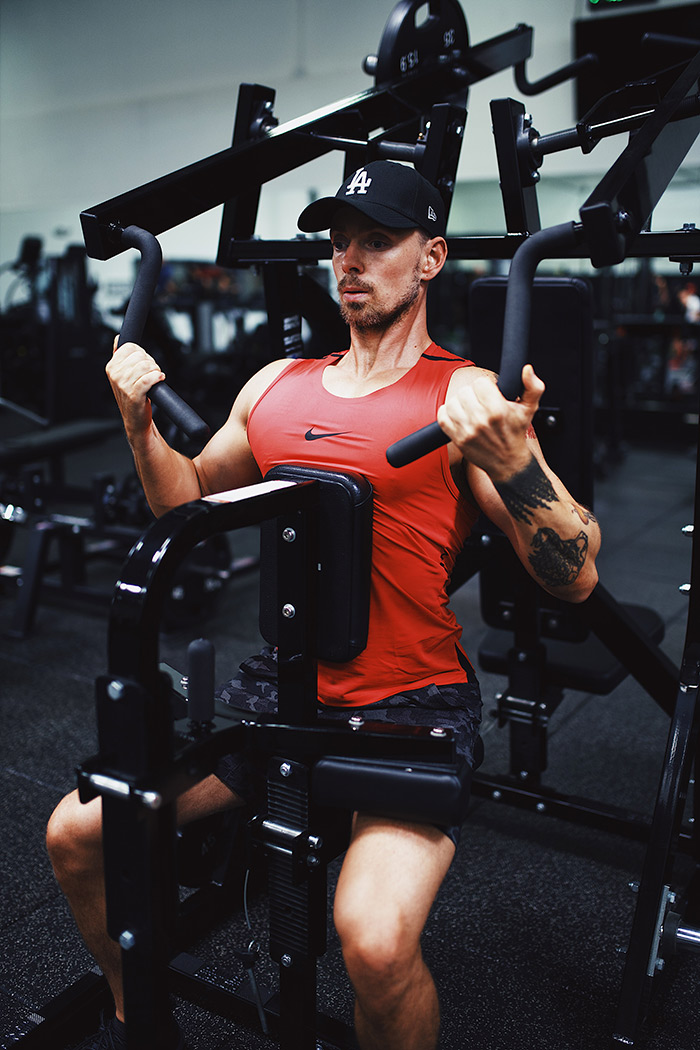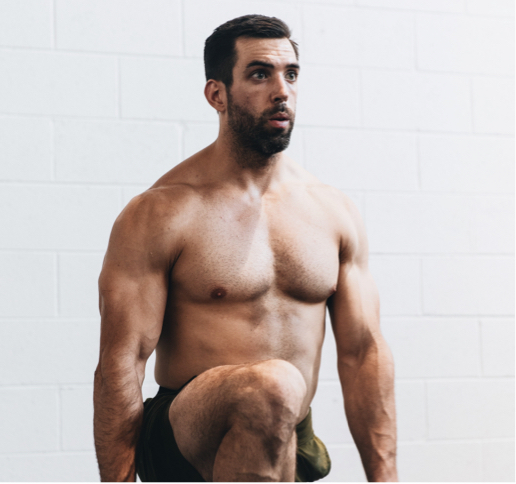I have been asked questions like, which protein shake is better? Chocolate or strawberry? The answer to this question is simple, they are both the same unless you take other criteria into account… two of the same brand are indistinguishable from each other except for the colour and the taste. Unless you have different types of protein or different types of carbohydrate, their concentrations, how your body digests them and what else the supplement company have put into the tub to boost your powder or tablet supplement, there is nothing to compare and personal preference becomes the only variable. So, below is some general information that may help you choose pre-during-or-post exercise nutrition.
Exercise stimulates muscle sensitivity to certain hormones and nutrients that are in the blood stream. It is for this reason that there is a case for saying that there should be building blocks available in the blood for the desirable effects of training to take place such as changes in body composition, leaner muscles, stronger tendons, etc. There are a number of sports nutrition supplements out there which contain blends of protein and different concentrations of carbohydrates, all for different types of desired training effect. With any nutrient there is a specific way the body digests it and makes its components available for your cells. That is why different carbohydrates and different proteins have variable digestion times and bioavailability. Keeping it simple, we can divide most into slow absorption or fast absorption; therefore giving us the opportunity to pick and choose between which type to utilise for our desired purpose… do we need the nutrients now, or is a slow release over time better? Most types of whey proteins are broken down and absorbed into the blood stream fast, egg is slower to breakdown and casein (milk proteins) are the slowest.
Here is the bottom line on protein intake…
Pre-workout:
For prior to and during workout protein intake, the literature points toward a quickly digesting protein such as whey or soy isolate. Ingesting carbohydrates alone, or in combination with proteins during resistance exercise, increases muscle glycogen, offsets muscle damage, and facilitates greater training adaptations after either acute or prolonged periods of resistance training. This is one example of a fast digestion speed being desirable. It is noted in the literature that, in most other circumstances, a slower digesting protein or at the very least a combination of slow and fast will give the best results.
Post-workout:
This is where it becomes more specific. In most instances you can look at your exercise and training goals and determine whether your emphasis lies on the aerobic side (endurance type training) or the anaerobic side (power and speed). As your body responds in a different manner to the two states you must address your nutrition in a way that is conducive to your goal.
Aerobic training: For activity over a long duration the literature points towards ingesting a drink that contains 0.4g protein and 0.8g carbohydrate per kg of body mass immediately after training. Also, follow up meals that contain relatively the same macronutrient balance ingested every 2-3 hours for a total of 3 meals post workout has the effect of keeping the hormonal balance optimal for the correct adaptation to be made.
Anaerobic training: For those partaking in predominantly anaerobic activity the literature points towards post-exercise ingestion (immediately to 3 hours post) of amino acids. These amino acids are the building blocks of proteins and are readily available in nature, in synthesised protein powders and even capsules. One should ingest primarily essential amino acids, as they have been shown to stimulate robust increases in muscle protein synthesis, while the addition of carbohydrate may stimulate even greater levels of protein synthesis. Therefore it would be desirable to ingest a drink that contains 0.4g protein with a high essential amino acid content and 0.8g carbohydrate per kg of body mass immediately after training.
Following that, regardless of what training you have done, approximately 60-90 mins later, it is desirable to ingest the same balance of macronutrients in a drink or a meal. Approximately 3 hours post exercise a feeding should take place and should be in the form of a solid meal that is balanced in carbohydrate, lean protein and sources of vitamins and minerals. Lean meat such as chicken or fish with leafy vegetables and wild rice or quinoa is an example of such a meal.
Further information:
A position stand of the International Society of Sports Nutrition refers to nutrient intake and timing in relation to an exercise population. International society of sports nutrition position stand: nutrient timing. J Int Soc Sports Nutr. 2008 Oct 3;5(1):17. This can be used as a guide, however, it must be stressed that these values are a product of the research and have no real bearing on your individual needs, habits, digestion capability or hormonal balance.





